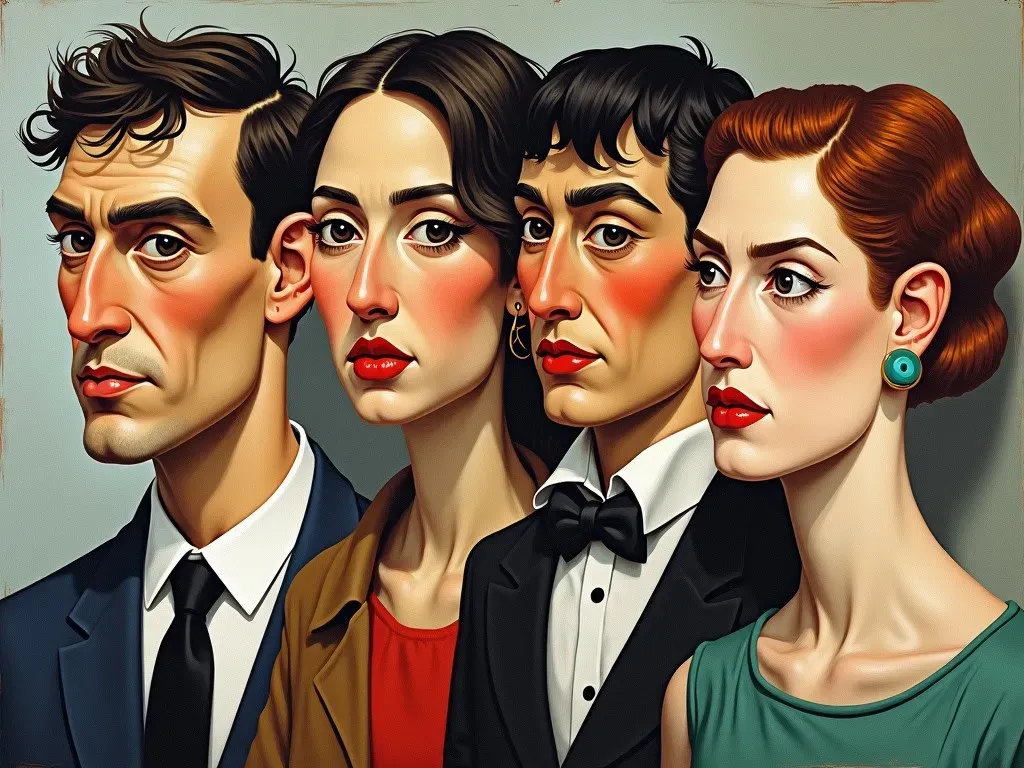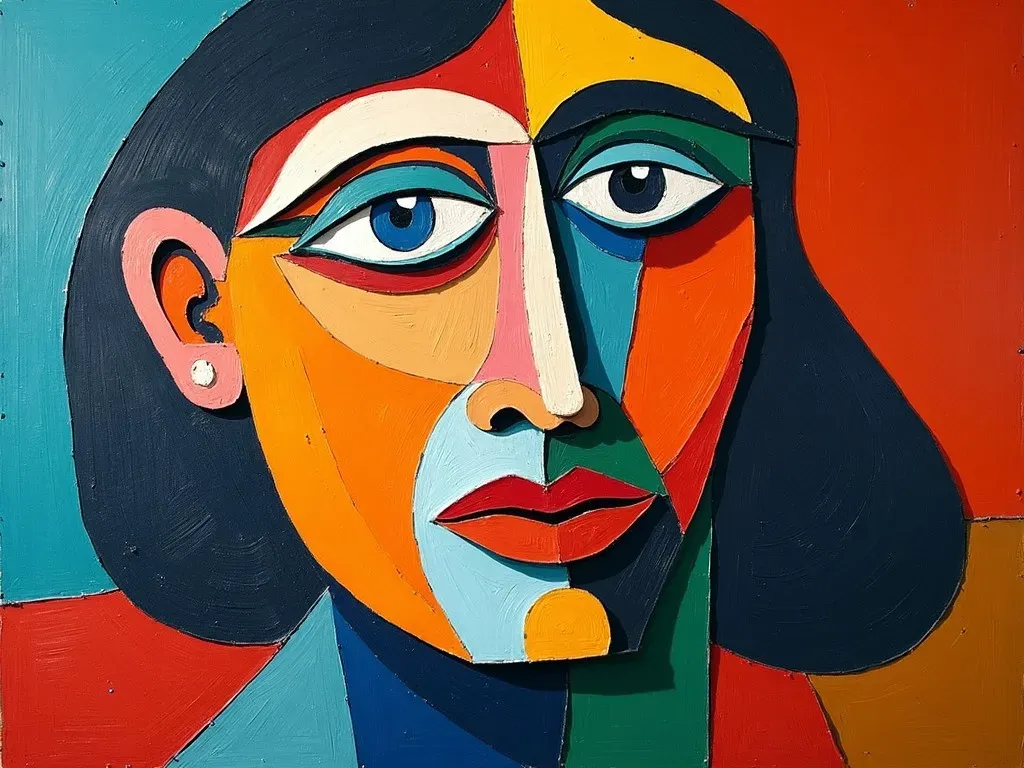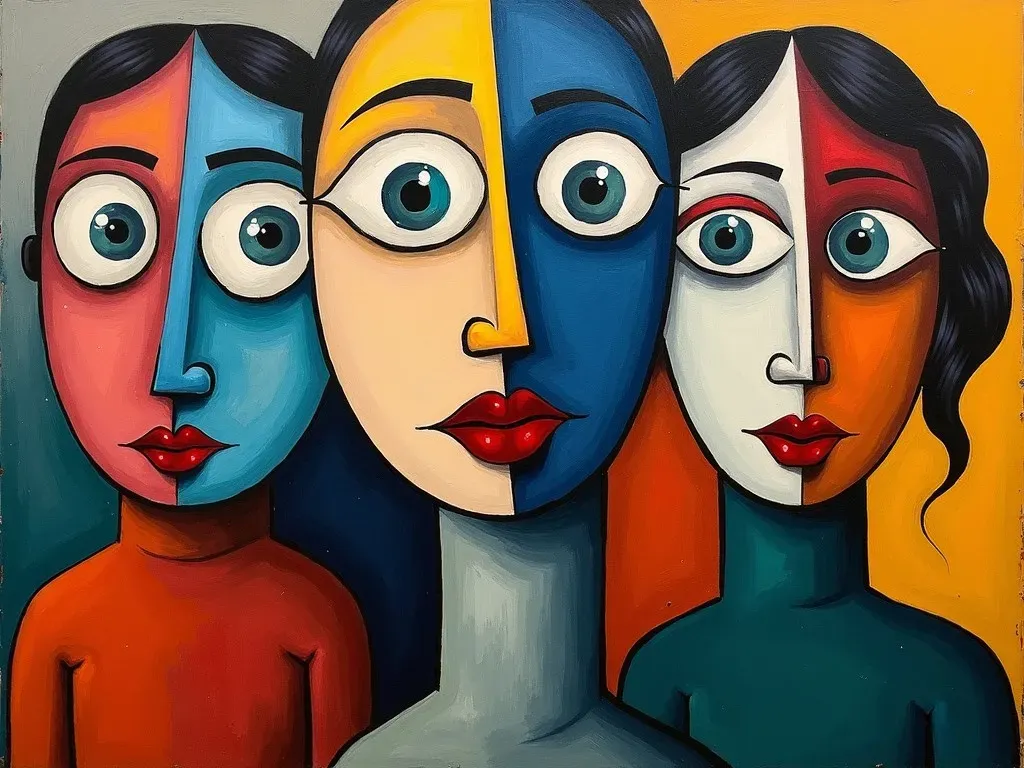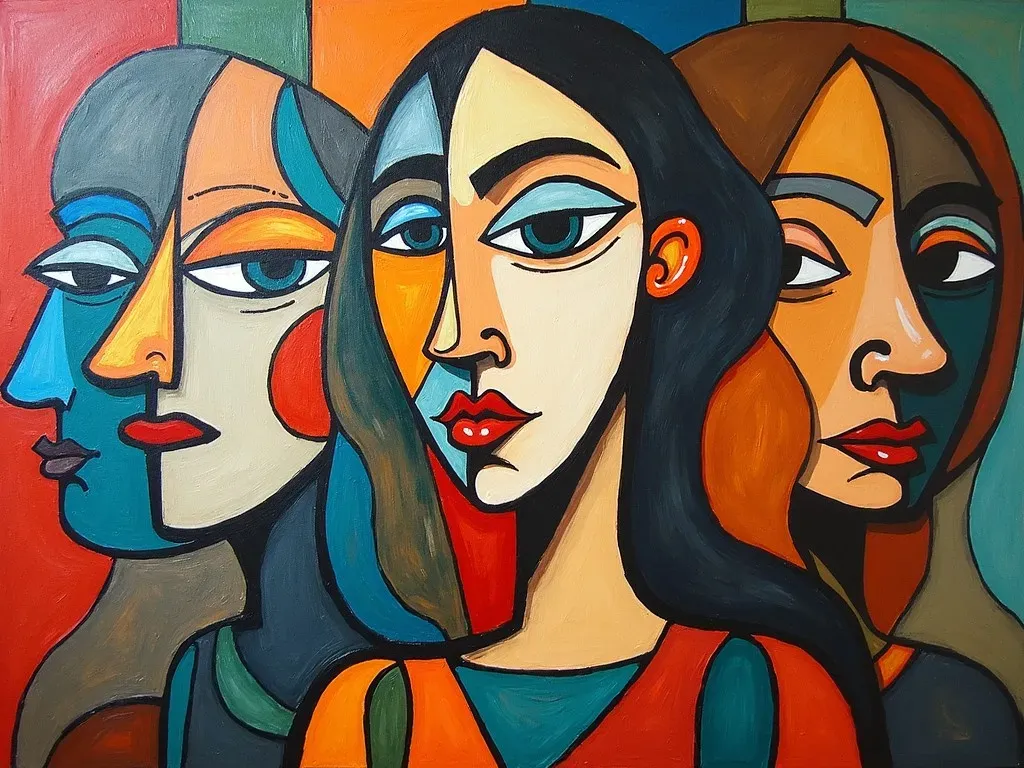Keyword: Pablo Picasso Face
Pablo Picasso, one of the most influential artists of the 20th century, is celebrated for his profound innovations in painting, sculpture, and many other art forms. Enigmatic, compelling, and multifaceted, Picasso’s depictions of the human face are particularly iconic and convey a rich history of artistic evolution. Known for challenging the norms of representation, his treatment of the face in myriad compositions has captivated audiences and sparked values of dialogue in the art world.
The Evolution of Picasso’s Portraits
From his early works to the distinguished Cubist phase, Picasso’s art reflects a shifting perspective on representation, particularly through faces. His journey began as a realistic portrait painter, gradually transitioning towards abstraction and Cubism. This evolution imparted unique textures, shapes, and constructs to his depictions of the human face, regardless of whether it was a self-portrait or a depiction of another.
Early Portraits
In his early years, Picasso developed a classical approach. His works from this period exhibit a keen understanding of anatomy and perspective. Notable early pieces include:
| Artwork | Year | Style |
|---|---|---|
| Self-Portrait | 1896 | Realism |
| Portrait of Gertrude Stein | 1906 | Post-Impressionism |
| Two Nudes | 1906 | Early Modernism |
These portraits lay the groundwork for the stylistic innovations to follow as Picasso began exploring the boundaries of representation.

The Birth of Cubism
By 1907, Picasso transitioned into Cubism, which would revolutionize the way faces are represented in art. Faces were sliced into geometric shapes, showing multiple perspectives simultaneously. The iconic work “Les Demoiselles d’Avignon” (1907) embodies this approach, where he deconstructed traditional forms of beauty and representation.
Notable Cubist Works
| Artwork | Year | Style |
|---|---|---|
| Les Demoiselles d’Avignon | 1907 | Cubism |
| Man with a Hat | 1912 | Synthetic Cubism |
| Woman with Straw Hat | 1901 | Synthetic Cubism |
These pieces reveal how Picasso’s depictions of faces became more abstract and challenging, emphasizing form over function.

Themes in Picasso’s Faces
Throughout his career, Picasso explored various themes in the depiction of faces, with emotional depth and intricate narratives woven throughout his artwork.
The Weeping Woman
The Weeping Woman series, created in the context of the Spanish Civil War, serves as a poignant example of Picasso’s emotional engagement. The distorted facial features portray anguish and despair, illustrating the impact of socio-political unrest on individual identity and humanity.
Influence of Surrealism
By the 1930s, Picasso’s work began to embody surrealistic elements. His exploration of the subconscious allowed him to create unique and haunting representations of faces, often exhibiting disproportionate features that challenged the viewer’s perceptions.
Thematic Summary
| Theme | Description |
|---|---|
| Emotion | Reflects the psychological states of his subjects |
| Abstraction | Faces deconstructed into geometric shapes |
| Narrative | Each face carries a story, often political or personal |

Reference Video
Famous Picasso Faces
The Woman with the Flower
In this piece, Picasso painted a woman’s face adorned with colorful flowers, merging organic forms with abstract representation. It reflects the interplay of nature and humanity.
Dora Maar
Dora Maar was not only Picasso’s muse but also a subject of direct emotional exploration. His portraits of her reveal multiple interpretations of her identity through fragmented features and distorted representations.
The Three Musicians
In “The Three Musicians” (1921), Picasso again employed his signature style, transforming three musicians into a rich tapestry of shapes and colors. The song they appear to play can almost be “heard” through the lines and hues portrayed in their faces.
Picasso’s Legacy and Influence
Picasso’s experimentation with face illustration has inspired countless artists. His unique approach paved the way for modern art movements that also prioritize abstraction over realism.
Key Points of Influence
- Deconstruction of Form: Artists began to embrace abstract representations and challenge traditional forms.
- Emotional Representation: The portrayal of emotions through facial expression Techniques influenced expressionism.
- Cultural Narratives: Many modern artists engage with their cultural histories similarly to how Picasso navigated his own.
Contemporary Artists Inspired by Picasso
Many contemporary artists draw Inspiration from Picasso’s innovative depictions of faces. Notable names include:
- Jean-Michel Basquiat
- David Hockney
- Kehinde Wiley
Each of these artists incorporates aspects of abstraction or emotional complexity similar to Picasso’s approach.

FAQs
What are some of Pablo Picasso’s most famous portraits?
Picasso’s most celebrated portraits include “Les Demoiselles d’Avignon,” “The Weeping Woman,” and various pieces featuring his muse, Dora Maar.
How did Picasso’s style change over time?
Picasso’s style evolved from realism to Cubism and later incorporated elements of Surrealism, marked by abstraction and emotional depth.
Why are Picasso’s depictions of faces significant in art history?
His depictions challenged traditional norms, introducing multiple perspectives within a single work, which had profound effects on later art movements.
For more detailed insights on Picasso’s work and life, visit The Metropolitan Museum of Art.
In total, Picasso’s exploration of the human face continues to resonate, influencing not just artists but also the narrative sense of self in contemporary culture. Through the dissection of form and emotional complexity, Picasso’s faces invite viewers to ponder deeper realities of human experience.
